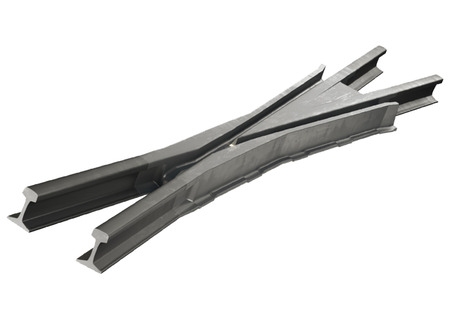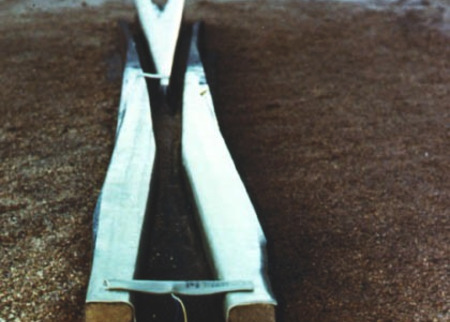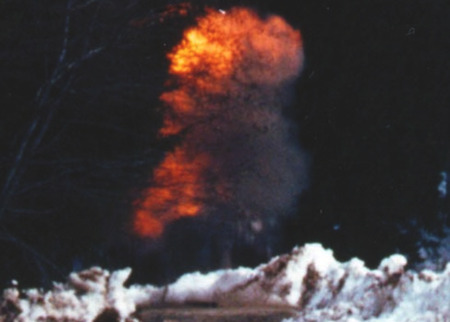Volver a la información general
Pre-hardened Manganese Crossing
The complete central part of the crossing is cast in one block from high-manganese steel - it`s called common monoblock crossing "EHZ Centro MN13" pre-hardened.
Volver a la información general
The complete central part of the crossing is cast in one block from high-manganese steel - it`s called common monoblock crossing "EHZ Centro MN13" pre-hardened.

This part corresponds to a monoblock crossing, with the only exception of the length of the fishing table. Closure rails are flash-butt welded to the four ends of the central block using a special flash-butt welding technique (intermediate piece welding). The bearing surfaces (seat of the plates) as well as the complete area of the running and head surfaces are milled and/or planed. The thus achieved manufacturing accuracy facilitates optimal wheel overrun and interchangeability of crossings on existing sets of plates.
Materials and quality inspection:


Process for increasing the surface hardness of manganese crossings. The hardness of the entire running surface of the crossing is raised through a targeted explosion hardening. In the area of the running surfaces and running head, blasting mats are placed and detonated. Through this procedure, the high-manganese steel is subjected to work-hardening, which corresponds in principle to the work-hardening process during train operation. This explosive hardening provides in advance some of the work-hardening which occurs during train operation and increases the hardness in the wheel contact area to 321 - 350 HB, depending on the requirement. As this procedure is applied not only in the overrunning area but the whole length of the crossing, a constant hardness curve is guaranteed.
Quality inspection: